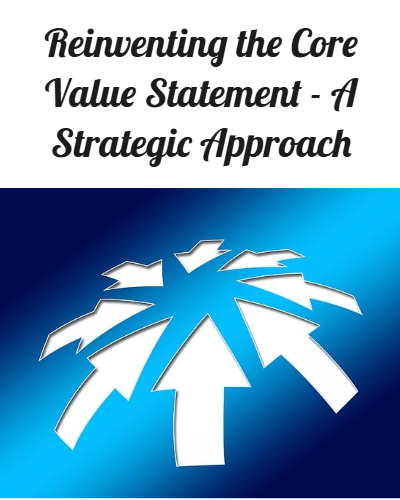Industry has been turned on its ear in recent years by the onslaught of artificial intelligence. While AI is quickly becoming ubiquitous in nearly every business sector, many owners, particularly those with SMBs, are surprisingly disinterested in embracing the technology. This resistance can be indicative of something far more insidious than simple technophobia. Rather, it is often more symptomatic of one’s opposition to innovation, creativity, and, well, just doing things differently.
As a business owner, a forward-thinking, innovative mindset is an invaluable ace that positions your business ahead of the competition. Whether it is in AI adoption, R&D, or even working with other business owners to elevate each other’s organizations, embodying the spirit of doing better and being better will set you and your business apart.
The Power of a Proactive Mindset
It can be hard to welcome change. Even harder to seek it out. But a proactive approach to seeking new opportunities, acquiring important insight, and implementing emerging innovations is increasingly critical, as nearly every industry is evolving at a record pace. By remaining stagnant you risk being left behind. On the other hand, possessing a curious mind that is open to innovation allows business leaders to identify and leverage tools that can improve their organizations and simplify their tasks.
While AI can do things like automate routine tasks, analyze customer data, and personalize marketing efforts, the point here is not just in adopting AI, but in fostering a culture of continuous improvement in every aspect of your business. And by extension, encouraging your team to explore new ideas and innovative solutions can truly set your business apart.
Integrating Forward-Thinking Strategies
Again, AI is just one aspect of business innovation. Possessing a proactive mindset is the real game-changer, as it encourages other new approaches like agile methodologies, flexible scheduling strategies, or investing in continuous learning or mentorship opportunities for your team.
All of these implementations share a few things in common. They allow your team to be more collaborative. They poise your organization for better productivity and efficiency. And, perhaps most importantly, they demonstrate that you, as a business leader, look positively toward the future of your company and your people. And that is a culture in which anyone would want to work.
Orchestrating Success with Innovation
Innovative business ownership includes incorporating new technologies, opportunities, and knowledge gained from other business owners. While AI certainly represents one of the most significant opportunities for modern businesses, its true power is so much more than automating a task or improving a single process.
AI has shown us all that possessing a forward-thinking mindset can elevate your business beyond your wildest dreams. And it is that willingness to embrace the possibilities of tomorrow that will elevate your business and leave your stagnant competitors behind.
Remember, your journey to success is not just dependent on adopting the latest tools and technologies. On a larger scale, it is about being open to change and continuously seeking ways to better your company and yourself as a business leader. So embrace the promise of AI. Be a visionary. Augment your expertise with other smart business owners.
And remember, the future belongs to those who dare seize new opportunities.
We would love to hear your comments or questions. Contact us today!
Gary Brunson
gary@myclearfocus.com
Debra Rider
debra@myclearfocus.com
574.361.2674
Sustainable Growth & Profit Consultant, Coach, Mentor, and Counselor/Therapist for Business Owners and Professionals.











